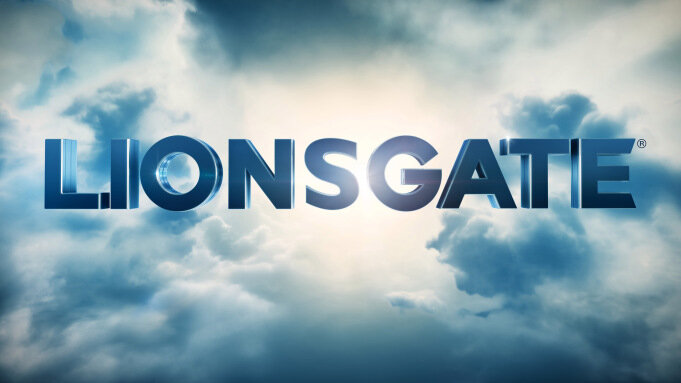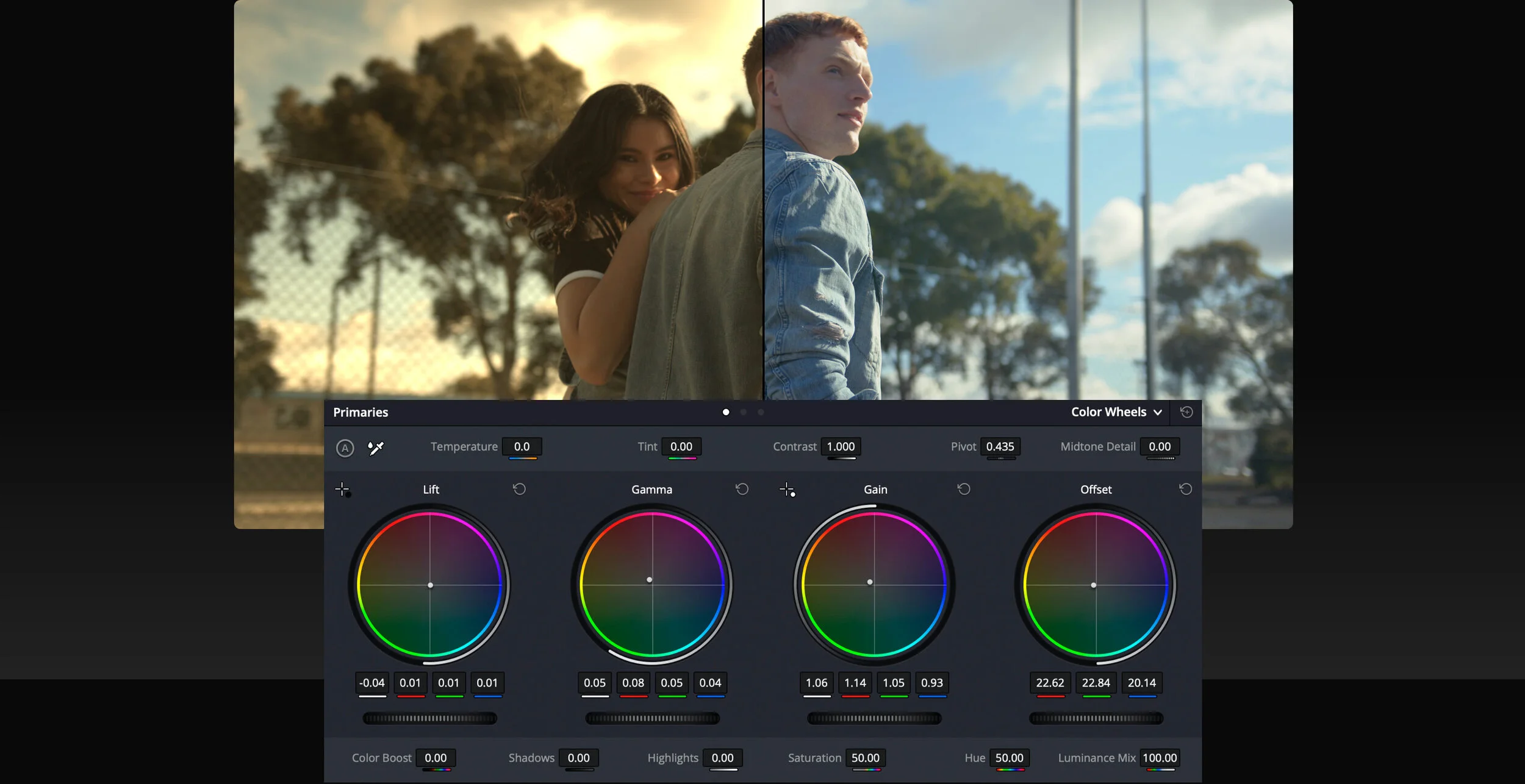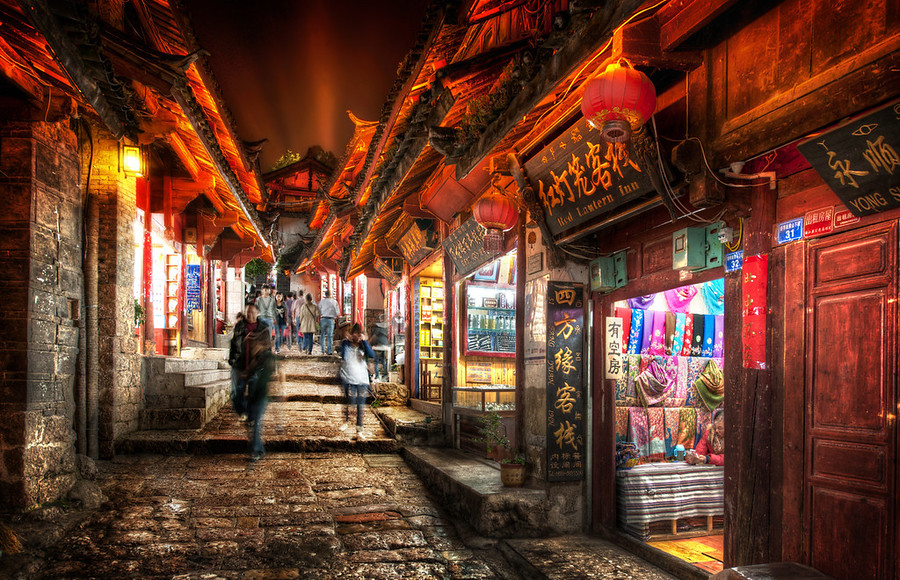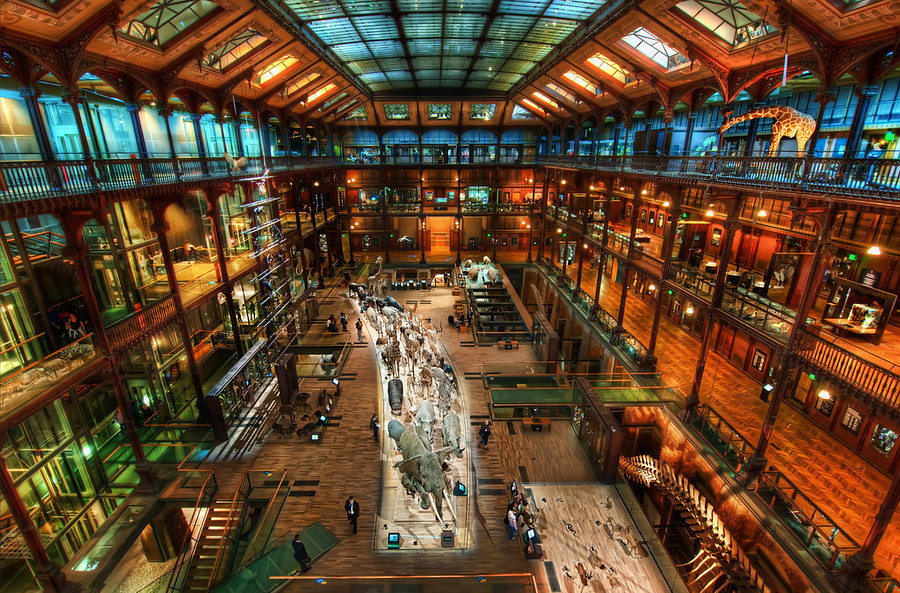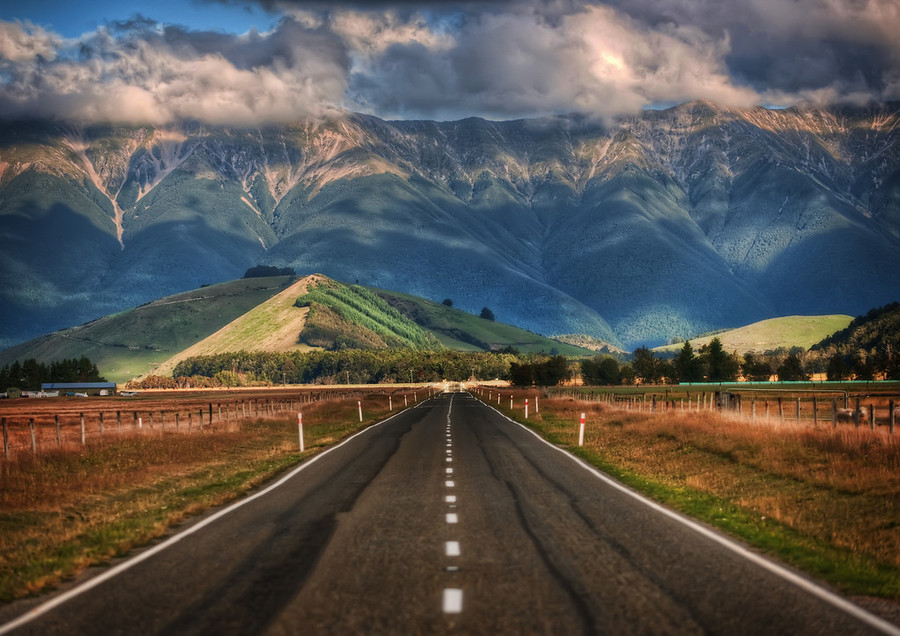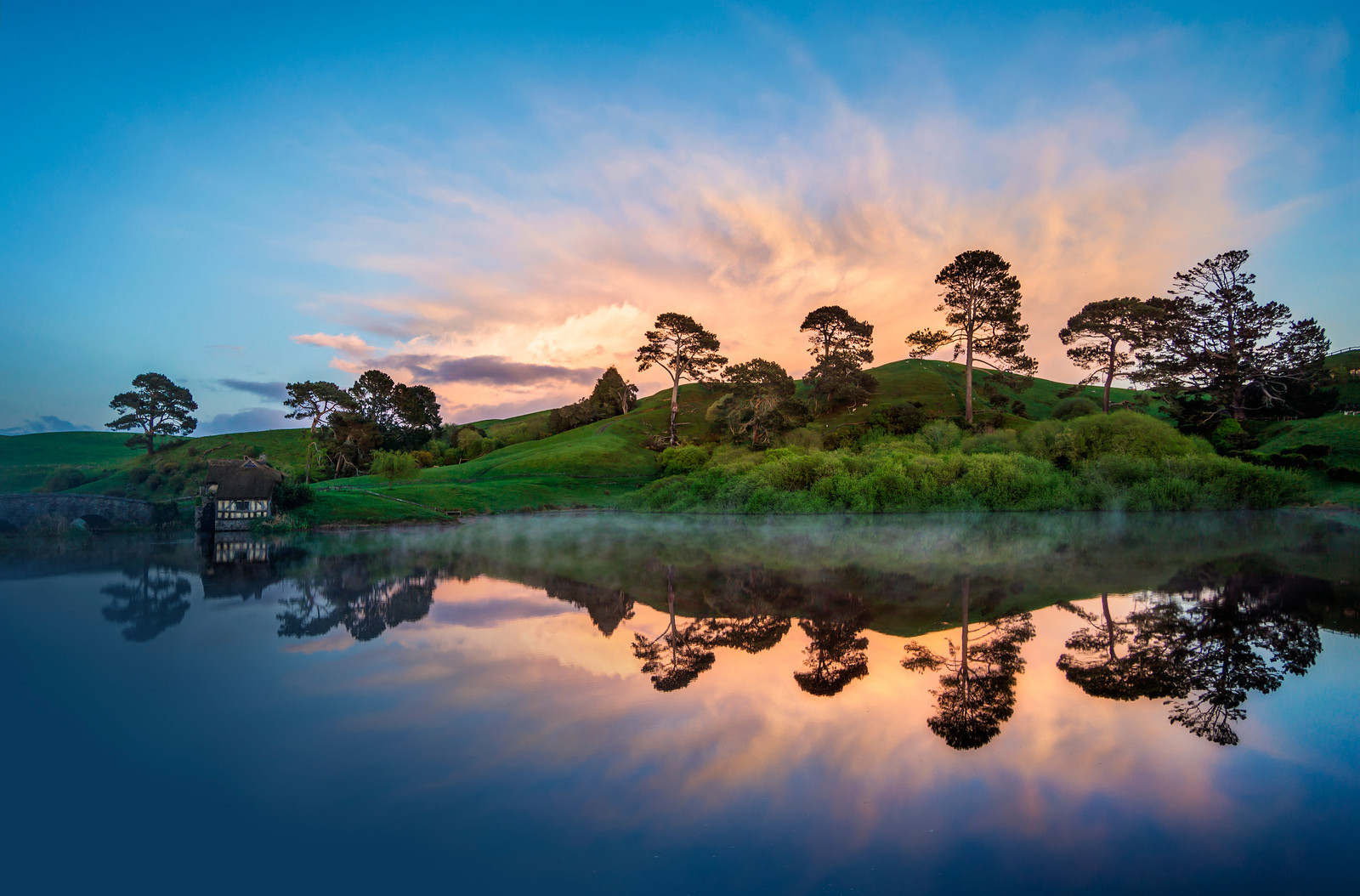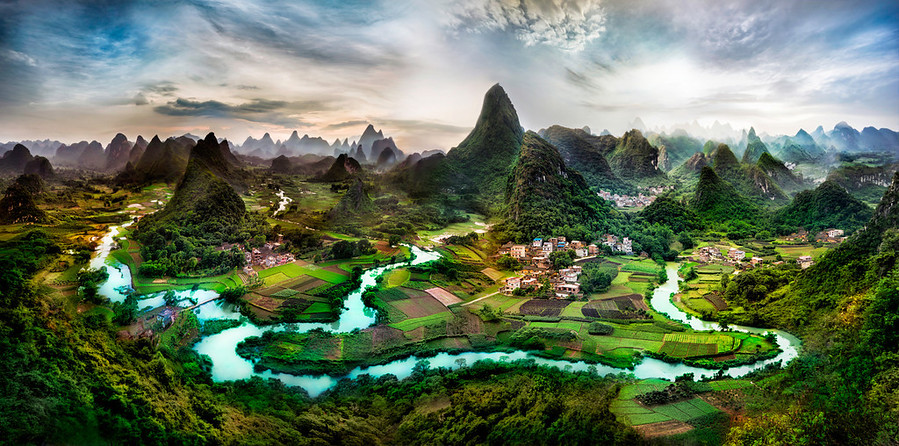Color Grading: Dolby Vision / HDR
Netflix Originals are mastered, packaged, and delivered in the Dolby Vision format. From this package, we derive Dolby Vision, HDR10, and SDR streams for Netflix customers to enjoy.
Color grading suite requirement
Professional HDR monitor (Dolby-Vision certified, >1000 cd/m2)
Sony BVM-X300 (30 inch, 4K)
Dolby Pulsar (42 inch, HD)
Canon DV-2420 (24 inch, 4K)
- Other HDR reference monitors as certified by Dolby for Dolby Vision HDR grading
Professional SDR monitor
Rec.709, BT.1886 / Gamma 2.4, 100 cd/m2
Color grading software with Dolby Vision support
Filmlight Baselight
DaVinci Resolve
Nucoda FilmMaster
Autodesk Lustre
- Quantel Rio
Content Mapping Unit (CMU) System (per Dolby specification)
Dolby Vision License
Activates CMU and color grading plug-in
- Dolby Vision Training
What to deliver for netflix?
Dolby Vision VDM (Video Display Master)
16-bit TIFF frame sequence
Color Space: P3 D65, PQ (ST.2084), full-range
Dolby Vision XML file containing accurate metadata*
* Please ensure that all XML metadata is accurate, including Color Encoding, Mastering Display, and Aspect Ratio. Please use Dolby's metafier validation to ensure that there are no errors in the metadata.



